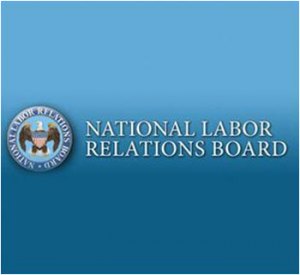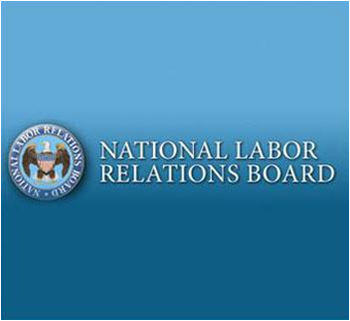 NLRB Election Reforms Now in Effect
NLRB Election Reforms Now in Effect
Near the end of 2011, the National Labor Relations Board (“NLRB” or “Board”) announced new rules making significant changes to the Board’s election procedures. They take effect on April 30, 2012. The NLRB’s Acting General Counsel issued guidance for the new rule’s implementation on April 26, 2012.
The Board explained its reasons for its new election procedures on the basis of its streamlining its processes to make them more efficient. The NLRB’s statistics from 2008 identify the average length of time between the filing of an election petition with the Board and the actual voting equaled 57 days. The same statistics show 38 days as the median timeframe between the filing of a petition and an election.
The Board’s rule making to amend its election procedures omits any estimate as to how its amended procedures will affect the length of time between the petition’s filing and the election. Most employers first become aware of union organizing activity only after the filing of an election petition. If the amended procedures shorten the period between the petition’s filing and the election, employers will lose critical time during the period in which they conduct their campaigns to stay union-free. Under the old election procedures, unions won 71.4% of the elections that the Board conducted in its 2010-11 fiscal year.
The New Rules End Pre-Election Voter Eligibility Determinations
The Board has narrowed the scope of pre-election hearings to questions concerning representation. The old rules allowed employers to litigate whether certain persons in the group of employees to vote in the election, such as supervisors, were eligible to vote. The NLRB would decide such voter eligibility questions before it held an election.
The current Board views questions of representation to exclude voter eligibility questions. Under the new rules, employers must delay challenging the eligibility of certain voters until after they lose the NLRB election. They also must do their pre-election campaign without knowing which employees the Board considers to be supervisors. Since an employer can act only through its supervisors, this delay in determining voter eligibility issues can deprive an employer of its most effective spokespersons during the election campaign.
The New Rules End Pre-Election Appeals to the NLRB
Several other changes end appeals to decisions made locally by the Regional Director to the NLRB until after an election, if ever. First, they move appeals regarding pre-election issues to after the election and consolidate them with those raising post-election issues. Second, they make post-election appeals a matter of the Board’s discretion rather than a party’s right. The new rules also eliminate the previously mandatory 25-day period between the direction of an election and the actual election. Finally, they give the hearing officer the discretion to determine whether parties can submit briefs after a representation hearing.
These procedural changes will shorten the period between the filing of NLRB election petitions and elections. No one now knows how much faster elections will occur, but shorter timeframes for election campaigns will only worsen the odds of employer victories in NLRB elections.
Employers Need Pro-Active Union Avoidance Programs
Employers must act before any signs of union organizing activity occur. First, an employer must lawfully communicate its position regarding unions to its workers early and often. Second, it must train its supervisors to communicate with employees about work issues and unions effectively without violating the law. Third, an employer must analyze its workforce to identify potential bargaining units and to determine which employees satisfy the law’s definition of a supervisor. Fourth, an employer must anticipate the issues and themes that a union would use to organize its workforce and its message to counteract them.

